
Hello,
You may have heard of Fatehpur Beri in Delhi. The village has gained some fame for supplying bouncers to several nightclubs and lounges in the National Capital Region.
But there is a deeper story behind this phenomenon. And it has to do with land – specifically, Delhi villages’ commons lands, once owned and managed by their gaon sabhas. In 1990, the government transferred ownership of these lands to the revenue department.
In one stroke, these villages were deprived of land that they used in a variety of ways, from grazing cattle, to collecting forest produce to even burying their dead. Many livelihoods were disrupted or destroyed by the decision – leading some to new jobs, such as bouncers. And residents of the villages fear that threat to the lands has only increased since 2019, when the lieutenant governor converted all of them to “urban” areas, and brought them under the Delhi Development Authority.
In Common Ground, Vaishnavi Rathore writes on how the city of Delhi elbowed its villages of their own thriving commons.
“Writing this story was like putting together a puzzle,” Rathore said. “Numerous pieces of information appeared through my ground reporting in villages, official documents, and the post-Independence history of the city’s development. Carefully piecing them together, they created an image which clearly showed who benefitted from the growing city, and who didn’t.”
These villages’ “land and resources continue to be used to fulfil the demands of Delhi,” Rathore added. “And that left me sure of one thing – the city of Delhi is made of its villages.”
You can read the story here.
To support our more such in-depth and investigative reportage, do consider becoming a member of Scroll.
Ajay Krishnan
Senior Editor

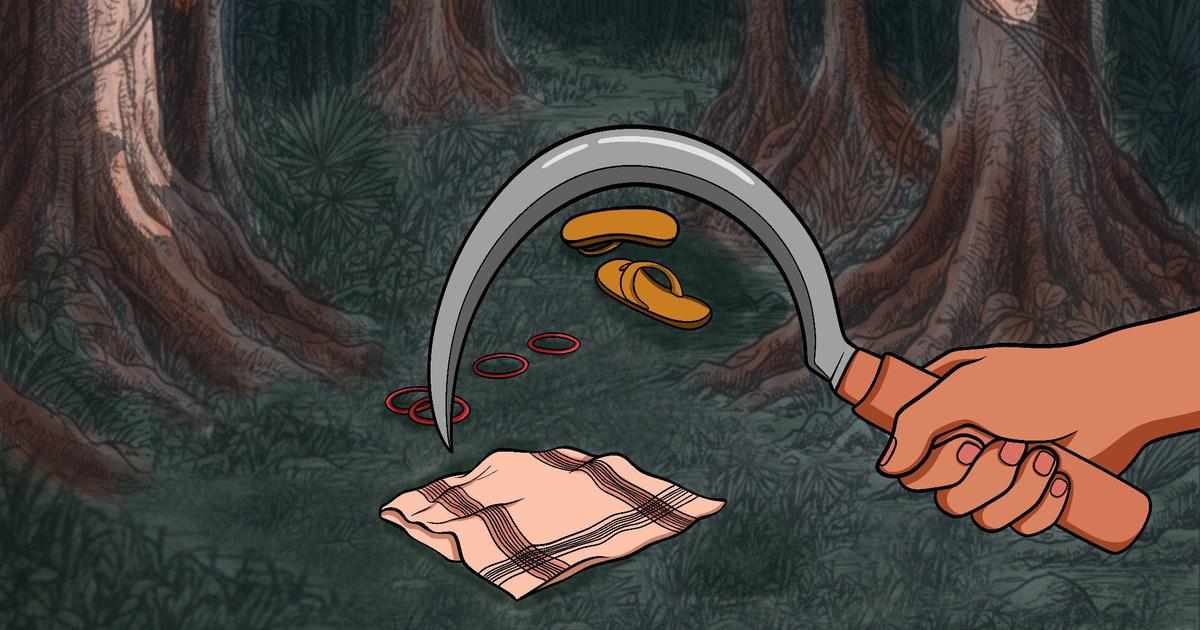
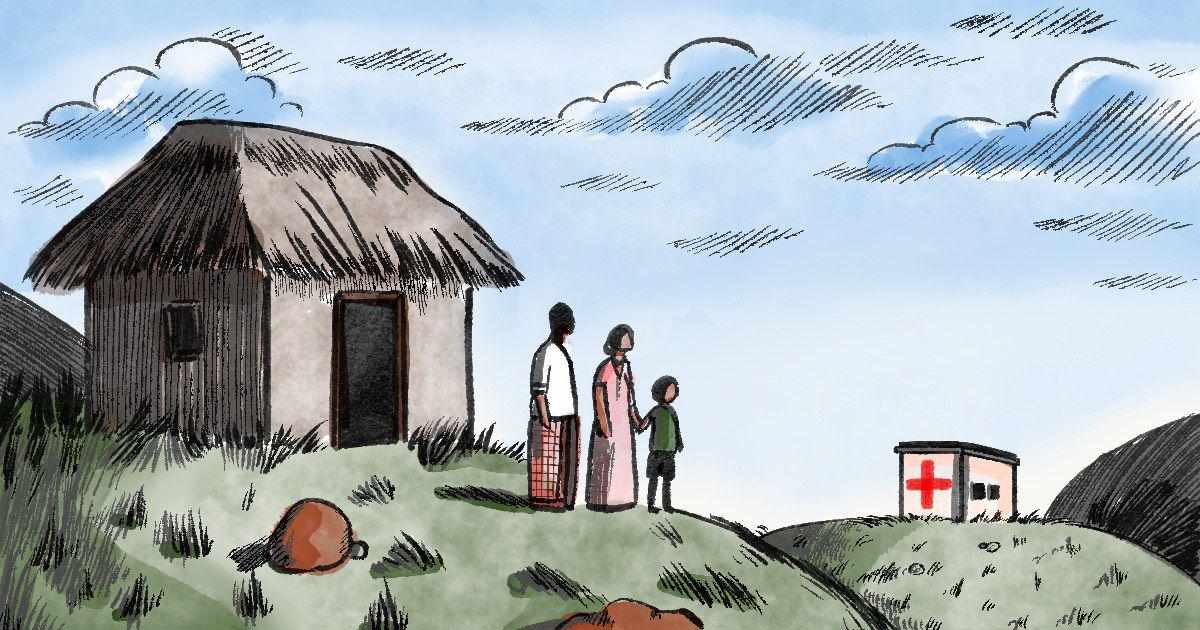




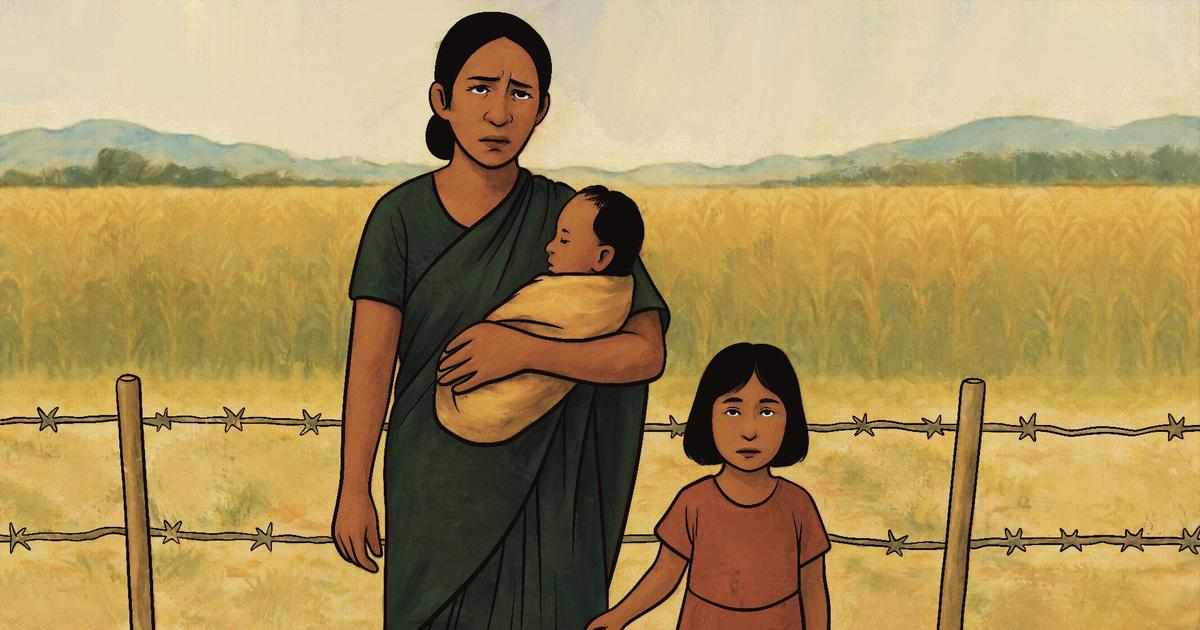
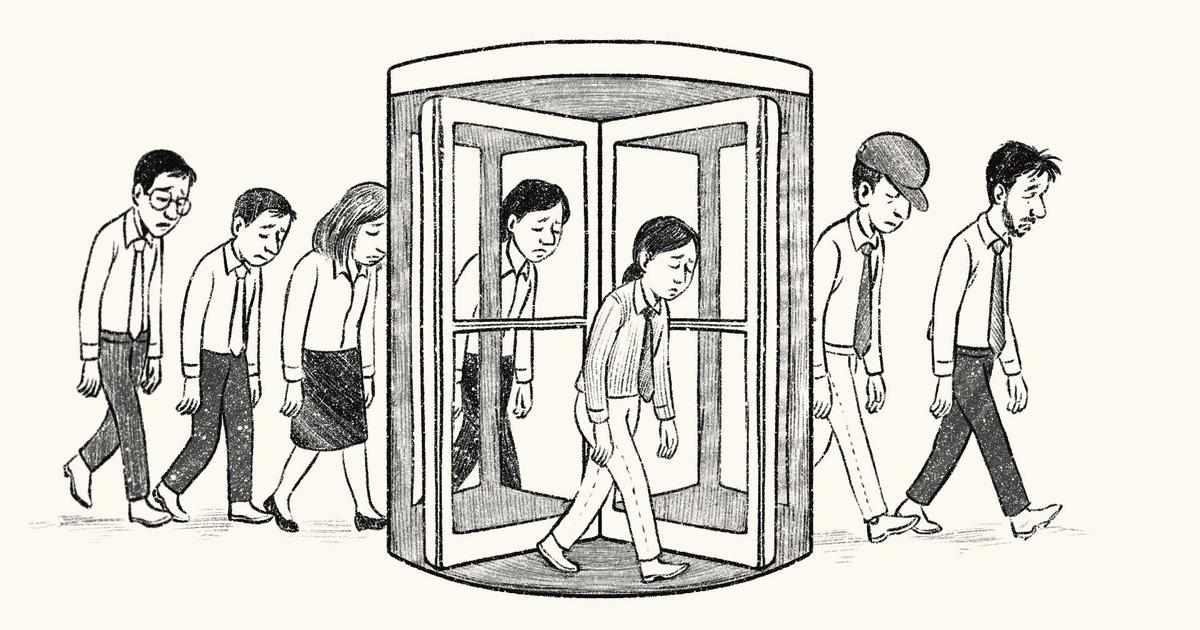

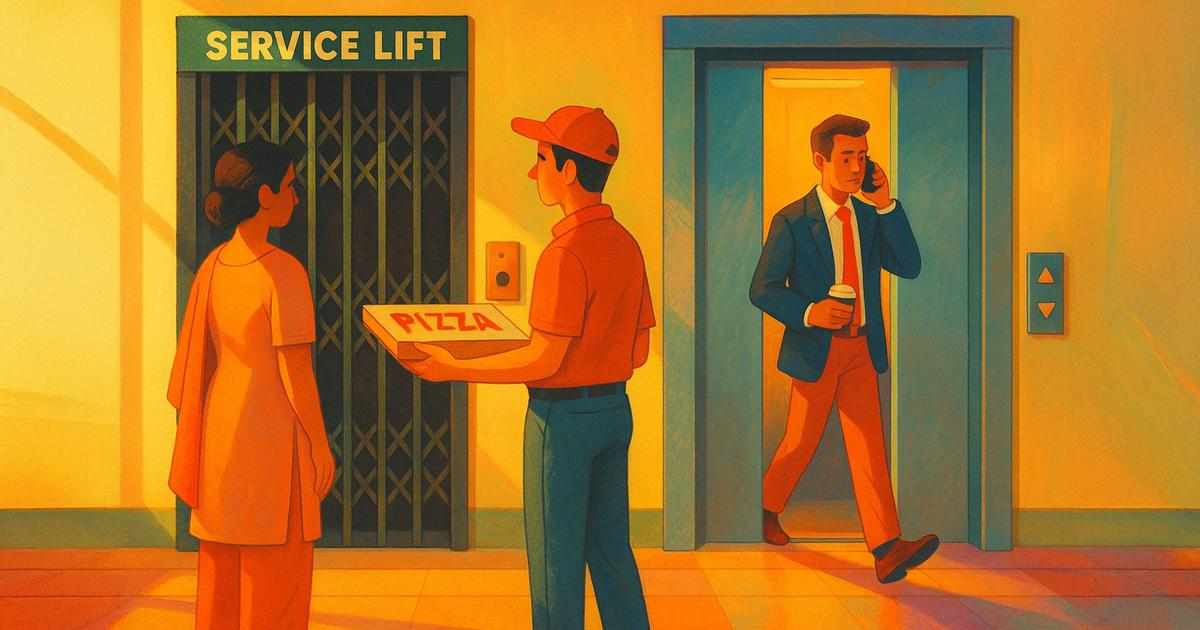
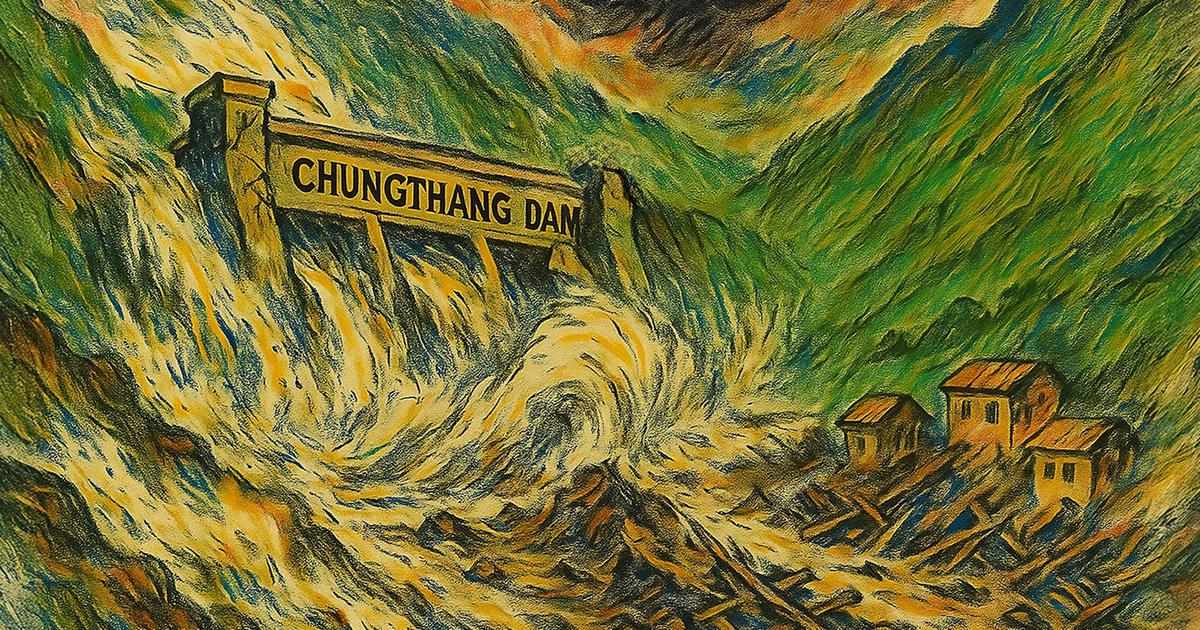









Write a comment ...